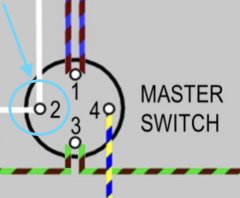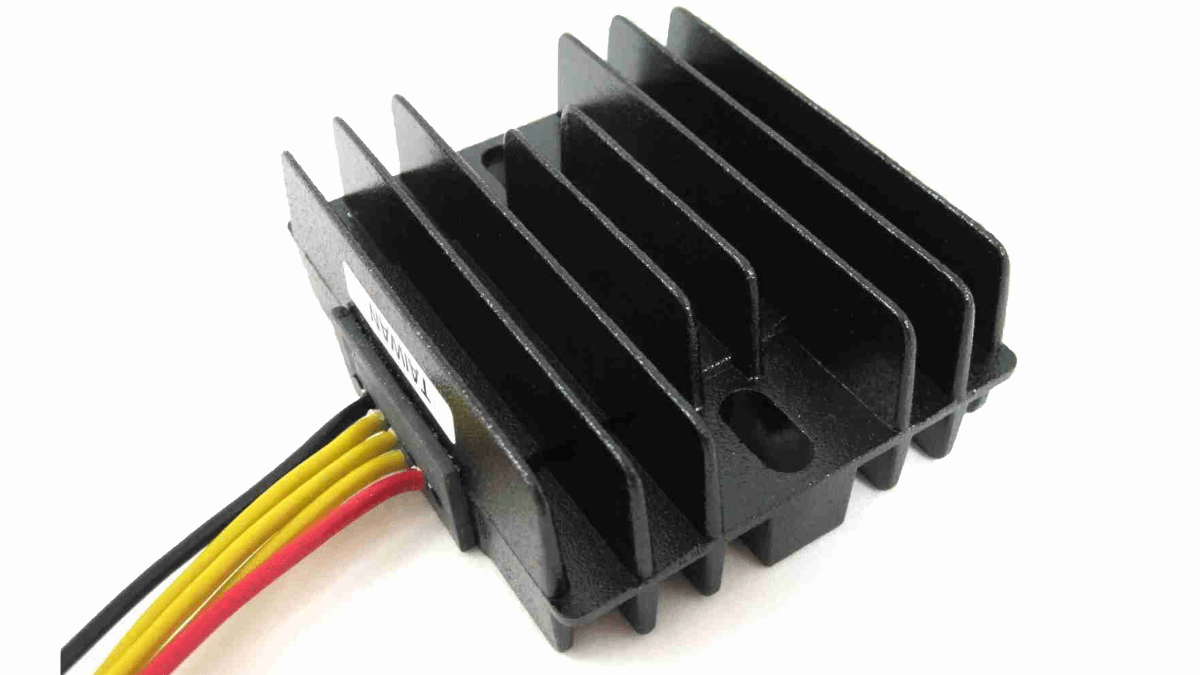storm42
VIP MEMBER
- Joined
- Jul 20, 2011
- Messages
- 1,220
I have a few bikes to choose from when I want to ride and as I only have one arse, by the time I get round to riding some of them the batteries can be very low, I have Podtronic type regs on most of them and they are wired straight to the battery.
There is a small current flowing through the regs which is draining the batteries and yesterday I started to do something about it.
I bought a few 40amp relays and started to wire them onto the bike as follows: (standard wiring top, relay added below)

I notice in another thread that the newer Nortons seem to suffer some parasitic drain and it occurred to me that this solution would work with them as well, by fitting the relay pins 30 and 87 into the fuse holder for the clock circuit, an inline fuse to the relay would replace the fuse removed for the relay connection. The clock would need setting each time the bike was used but that would be cheaper that replacing batteries.
There is a small current flowing through the regs which is draining the batteries and yesterday I started to do something about it.
I bought a few 40amp relays and started to wire them onto the bike as follows: (standard wiring top, relay added below)
I notice in another thread that the newer Nortons seem to suffer some parasitic drain and it occurred to me that this solution would work with them as well, by fitting the relay pins 30 and 87 into the fuse holder for the clock circuit, an inline fuse to the relay would replace the fuse removed for the relay connection. The clock would need setting each time the bike was used but that would be cheaper that replacing batteries.


